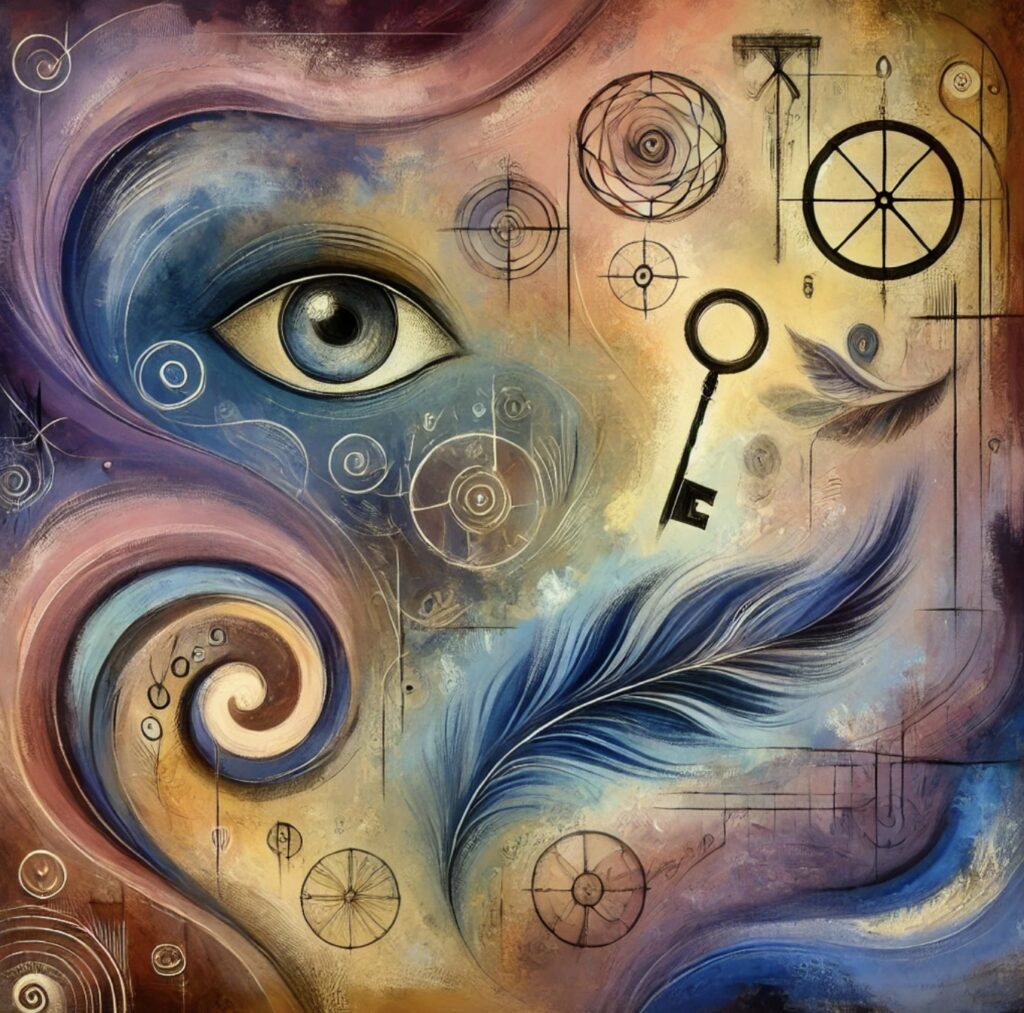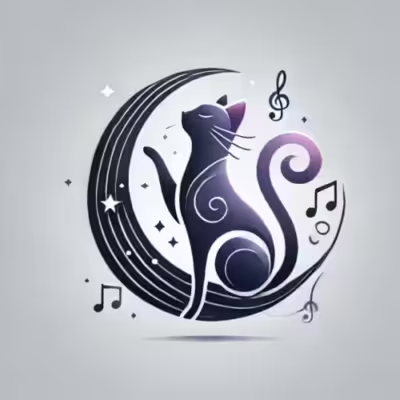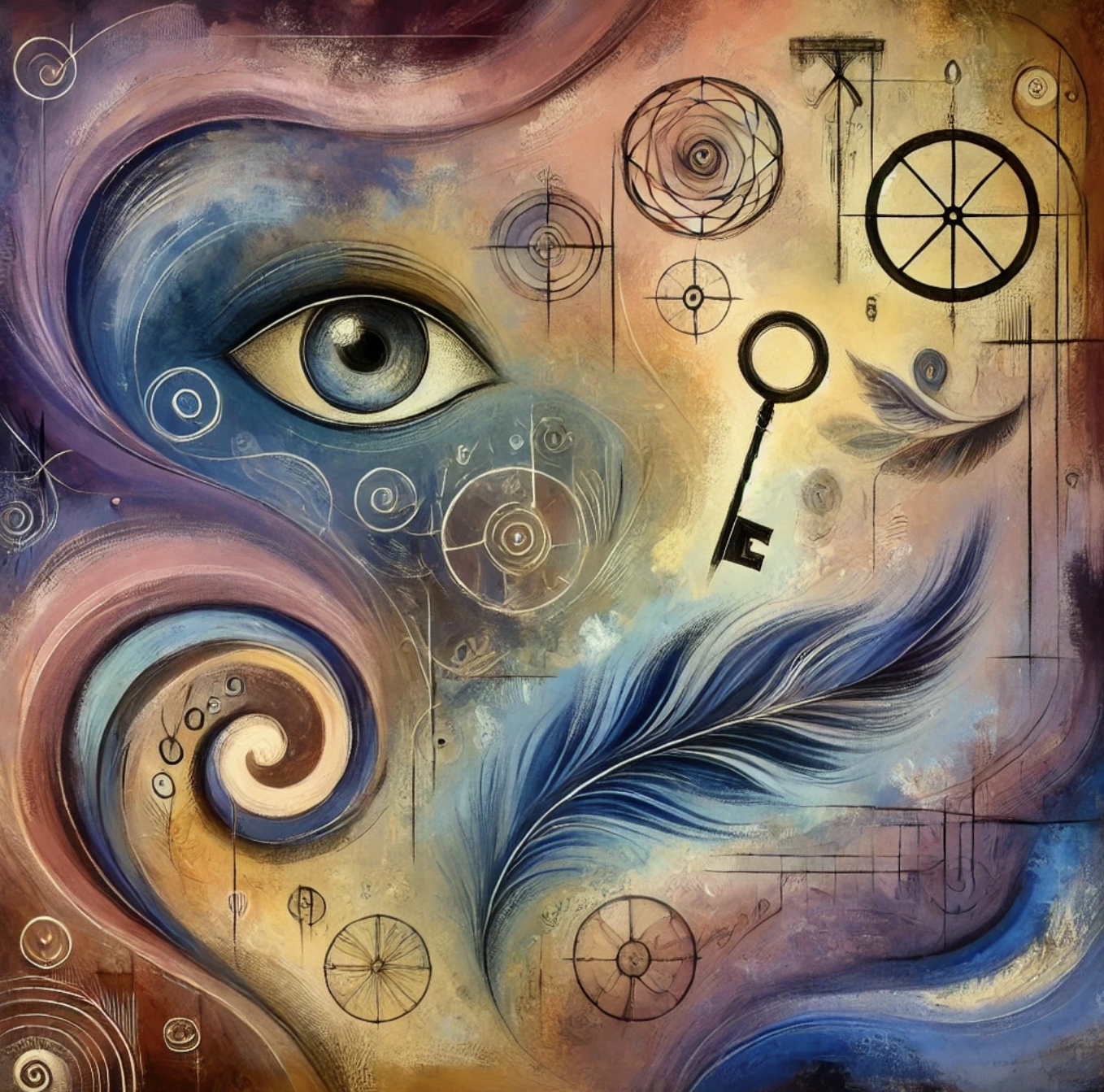Taylor Swift isn’t just a musical genius—she’s also a master at visual storytelling. Each of her albums showcases powerful symbolism and imagery in the artwork, complementing the stories told through her lyrics. We find Taylor Swift symbolism to be mesmerizing: From country princess to pop star and beyond, Taylor’s album covers help narrate her evolution, giving fans a visual window into the emotions and messages behind each body of work. But what drives her artistic choices? Is there more to these visuals than meets the eye? Let’s explore the inspirations, influences, and hidden meanings behind each album cover.
Taylor’s Inspiration and Artistic Roots – Where Taylor Swift Symbolism Comes From!
Taylor Swift has always had an appreciation for visual arts, stemming from her love of storytelling. Growing up, Taylor was influenced by a wide range of books, movies, and artists who used symbolism in their work. She has spoken about her admiration for classic authors like F. Scott Fitzgerald, whose vivid imagery brought stories to life. Taylor’s love for visual symbolism might also have roots in her passion for movies like Pride and Prejudice, which influenced her romantic and nostalgic tendencies.
Interestingly, Taylor has also mentioned that her early experiences of love and heartbreak greatly impacted her music and visual representations. This adds yet another layer to Taylor Swift symbolism throughout her career. Some of her famous exes, known for their own artistic flair, might have played a role in shaping her vision. Her high-profile relationships gave her insight into the complexities of love, which she expressed not only through lyrics but also through visual metaphors in her album covers.
There’s even a whisper of conspiracy that Taylor’s interest in symbolic and often mysterious imagery might connect with her record label’s strategy. Her former label, Big Machine Records, is known for its theatrical and dramatic branding. This has led some fans to speculate that certain elements—like the gothic fonts on Reputation or the seemingly Illuminati-esque imagery in some videos—could be influenced by label aesthetics. While there’s no concrete evidence, it adds a fun layer of intrigue that Swifties love to dissect.
Taylor Swift (Debut)
Taylor’s self-titled debut album, Taylor Swift, introduced us to a young artist ready to make her mark in the country music world. The cover features Taylor in a simple, romantic setting with her curly hair flowing freely. She wears a white dress, which symbolizes purity and innocence, hinting at her beginnings as a bright-eyed dreamer. The cover evokes a sense of fresh possibility, representing Taylor’s entry into the music industry. This early use of imagery set the stage for her signature focus on emotions and storytelling. The romantic vibe hints at Taylor’s fascination with the innocence of young love, an idea that would continue throughout her career. A humble beginning to Taylor Swift symbolism and imagery, but an excellent cover anyway!
Fearless
The Fearless album cover features Taylor with her eyes closed, her hair wild and free. The cover art conveys a feeling of freedom and courage, matching the album’s theme of diving headfirst into love and life. Taylor said that Fearless was about embracing emotions without fear of the unknown, and the cover’s windblown hair represents that sense of abandon. Fans loved the golden tones and ethereal quality of the imagery, which perfectly reflected the hopeful and youthful optimism of songs like “You Belong With Me” and “Love Story.” According to Ray Swift (that’s me), the choice to close her eyes could symbolize trust—not just in love, but in herself and her own path. This was Taylor’s moment of trusting her instincts.
Speak Now
For Speak Now, Taylor chose a whimsical, fairytale-inspired image. The vibrant purple dress and her mid-twirl pose evoke the magic and romanticism found in the album’s storytelling. The album’s visuals suggest that this era was about taking control of her own story—something Taylor has explicitly mentioned. Purple often symbolizes creativity and imagination, which was fitting for an album that she wrote entirely on her own. The Speak Now cover art suggests magic, romance, and the thrill of dramatic moments, just like the lyrical themes in “Enchanted.” The twirling motion speaks to the freedom of self-expression, as if she’s shedding the expectations of others and spinning into her own reality. It’s the ultimate fairytale moment—without needing a prince.
Red
The Red album marked a turning point for Taylor, and its cover art reflects that shift. The cover shows Taylor wearing a red lipstick, looking down, partially obscured by shadows. The colors are muted but intense, suggesting the complex emotions expressed in songs like “All Too Well” and “I Knew You Were Trouble.” Red symbolizes love, passion, and heartbreak—three themes central to this album. The choice to look away from the camera hints at introspection, a more mature Taylor reflecting on the intense emotions that inspired the album. According to some fans, the use of shadows represents how messy and unclear love can feel—it’s not all sunshine and roses. Ray Swift says: It’s as if Taylor is inviting us to peek into the darker, more vulnerable corners of her heart without fully letting us in.
1989
With 1989, Taylor fully embraced her pop persona. The cover features a Polaroid-style image, cropping out her face and focusing on her clothing—a sweatshirt with seagulls. The choice of a Polaroid not only gave a nostalgic, retro feel, but it also represented the personal and intimate nature of the songs. Fans have pointed out how the anonymity of the cropped image reflects Taylor’s desire to express herself without the constant focus on her personal life. The seagulls symbolize freedom and new horizons, mirroring the upbeat and liberated tone of tracks like “Shake It Off” and “Blank Space.” Ray Swift’s take? The seagulls aren’t just about freedom—they’re about soaring above the noise. Taylor was done with being boxed in, and she was flying high, even if that meant taking risks.
Reputation
Reputation is a bold departure from Taylor’s previous albums, and the cover art tells us exactly that. Featuring black-and-white imagery, with newspaper-like text covering part of her face, the artwork conveys a sense of rebellion against the media’s narrative. The newspaper font represents the headlines and stories that have surrounded Taylor throughout her career. Taylor described this album as her way of reclaiming her own story. The stark contrast and intense gaze illustrate the defiance and darker undertones found in tracks like “Look What You Made Me Do.” Ray Swift’s theory? The fragmented text over her face is Taylor acknowledging that the world only sees parts of her, the bits and pieces they want to define. This cover screams: you think you know me, but you don’t.
Lover
In a stark contrast to Reputation, Lover features pastel colors and soft imagery. The album cover has Taylor against a sky of pink, blue, and gold, with a subtle heart painted around her eye. The imagery is dreamy, light, and romantic, fitting the joyful tone of songs like “Lover” and “Paper Rings.” The use of soft pastels conveys warmth, optimism, and a sense of new beginnings. Taylor has said that this album represents love in all its forms, and the cover art beautifully encapsulates that sentiment. The heart around her eye is not just cute; it’s Taylor’s way of saying she sees the world through the lens of love. Ray Swift’s opinion? The colors and heart are also Taylor’s attempt to reclaim the whimsical, girlish aesthetic she lost during Reputation. She’s letting herself feel soft again.
folklore
The cover for folklore marks another significant shift. It shows Taylor standing alone in a forest, dressed in a long coat, with a black-and-white filter that evokes a sense of timelessness. The imagery reflects the introspective, story-focused nature of the album. Taylor stands small against the towering trees, symbolizing how the stories in folklore are bigger than herself—an exploration of other people’s lives and emotions. The use of monochrome gives a nostalgic, almost haunting feel, matching the mood of tracks like “cardigan” and “exile.” Ray Swift says: The woods are a metaphor for getting lost in other people’s stories, wandering away from the self-referential, autobiographical focus that dominated her previous albums.
evermore
evermore is a sister album to folklore, and the cover art keeps a similar theme. Taylor is seen from behind, her hair in a braid, with autumnal tones surrounding her. The imagery evokes warmth, nostalgia, and a sense of continuity with folklore. The braid symbolizes a weaving together of stories—much like how evermore continues the storytelling focus of its predecessor. Fans have pointed out that the cozy, earthy visuals fit perfectly with the grounded, reflective songs on the album. Ray Swift’s spicy take? The braid is a nod to legacy. evermore is Taylor’s way of saying she’s intricately tying together all the narratives she has built—her own, others’, and the myths she’s created in between.
Midnights
Midnights features a close-up of Taylor with a lighter, casting a soft glow. The imagery is intimate, as if we are catching a glimpse of Taylor during a late-night moment of contemplation. The dark background and warm light evoke a sense of vulnerability and introspection, fitting the album’s themes of reflection on sleepless nights. Taylor has said that the album is about “the stories of 13 sleepless nights,” and the cover art perfectly captures that mood. According to Ray Swift, the lighter symbolizes those moments when you can barely see, but you’re still searching for clarity. Taylor’s gaze here is tired but determined, as if to say: even in the dark, there’s still a spark.

FAQ: Taylor Swift Symbolism in Album Artwork
What is the significance of the album cover for 1989?
The Polaroid-style image evokes nostalgia and reflects Taylor’s transition into pop. The seagulls represent freedom and embracing new horizons.
Why does Taylor use black-and-white imagery for Reputation?
The black-and-white palette symbolizes a departure from her previous eras and the starkness of her defiance against media narratives. Many people say Taylor Swift symbolism took a bit of a masonic duality in this album, what do you think?
How do the folklore and evermore covers relate to each other?
Both covers use natural settings and monochrome tones to evoke introspection. They symbolize a focus on storytelling beyond Taylor’s personal life.
Why are the colors in Lover so different from Reputation?
The pastel colors of Lover convey warmth, love, and optimism, a stark contrast to the intense, rebellious energy of Reputation.
What does the heart on Taylor’s face in the Lover cover represent?
The heart symbolizes love in all its forms—self-love, romantic love, and love for friends and family. It captures the joyful and hopeful tone of the album.
Where do you think Tylor Swift’s use of symbolism and imagery will go next? Leave a comment to tell us what you think about this Taylor Swift-related content and news.

